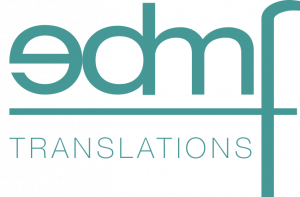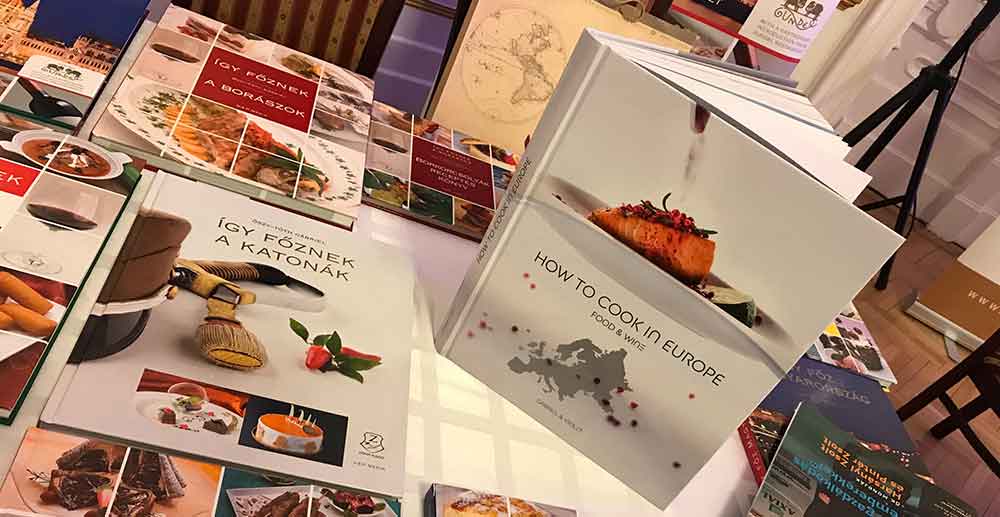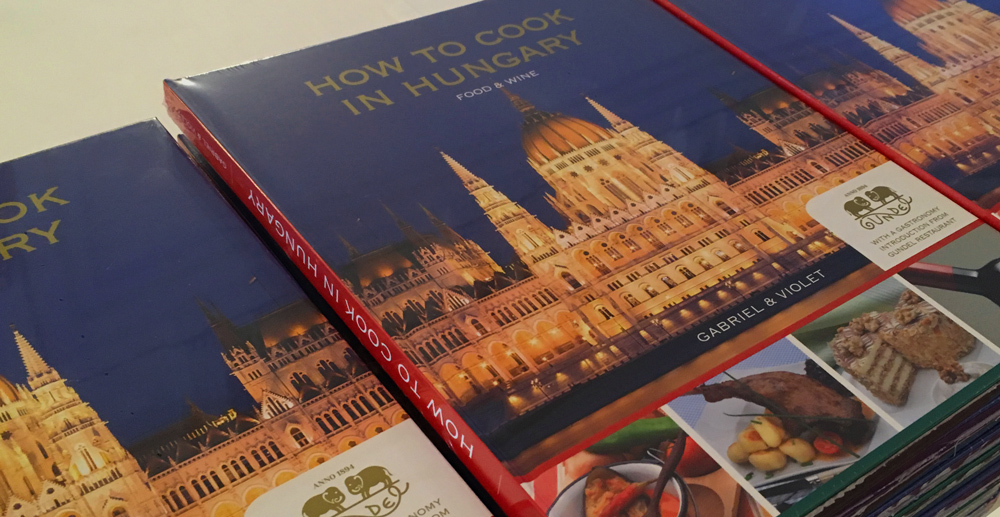EDMF Translates High-quality Cookbook on European Gastronomy
Ever wondered how the Austrians make their renowned Tafelspitz? Perhaps you’re a fish addict and are interested in what makes a good sea fish soup in Croatia, or how the Finns prepare their gravlax? Or maybe, just maybe, you’d love to know how the French make their éclairs or the Belgians make such delicious chocolate cake.
The translators at EDMF were faced with all these recipes and many more during the recent translation of “How to Cook in Europe”, the latest in a series of high-quality cookbooks published at the end of 2017.
Following on from the success of “How to Cook in Hungary”, also translated by EDMF, this time the focus switched to Europe, and the book covers recipes from 15 different countries, including Italy, Spain, the UK and of course Hungary.
Alongside the recipes showcasing some gems of local cuisine in each country, paired with recommended beverages for each course, the book also contains a run-down of the national cuisines in general, so it really is the first place to go for an introduction into European cooking.
Translating a book of this size and complexity does have its challenges. Making sure all the translators are singing from the same song sheet is crucial. What does this mean? Well, it’s important that everyone uses the same terms for the different cuts of meat for example, and for the utensils used during cooking. The measurements listed with the ingredients also have to be standardised. This is all part of the preparatory work before the translation even starts, and fortunately we have a wealth of experience here. The sophisticated translation memory tool in use at EDMF is a huge help when several translators are working on the same project at the same time.
The recipes themselves can be tricky as well, and the translators need to be on top of their cooking terminology. Does the meat need braised, roasted or grilled? Do the vegetables need boiled, steamed, sautéed or stir-fried?
And accuracy is king, as with all translations of course. Get the measurements wrong or miss out a step, and people will be wondering why their panna cotta didn’t set or their cake didn’t rise. This is where EDMF’s tried and tested QA procedures kick in, making sure that the translations are faithful to the original with nothing missed out.
Sometimes translations can be a few pages long, they are delivered in a day, and you never see them again. This is why a book project like this, lasting months, is quite special, as at the end you see the fruits of all your endeavours.
And since you can build up quite an appetite translating over long hours, this means you get to mix business with pleasure. Now where’s my apron….?



